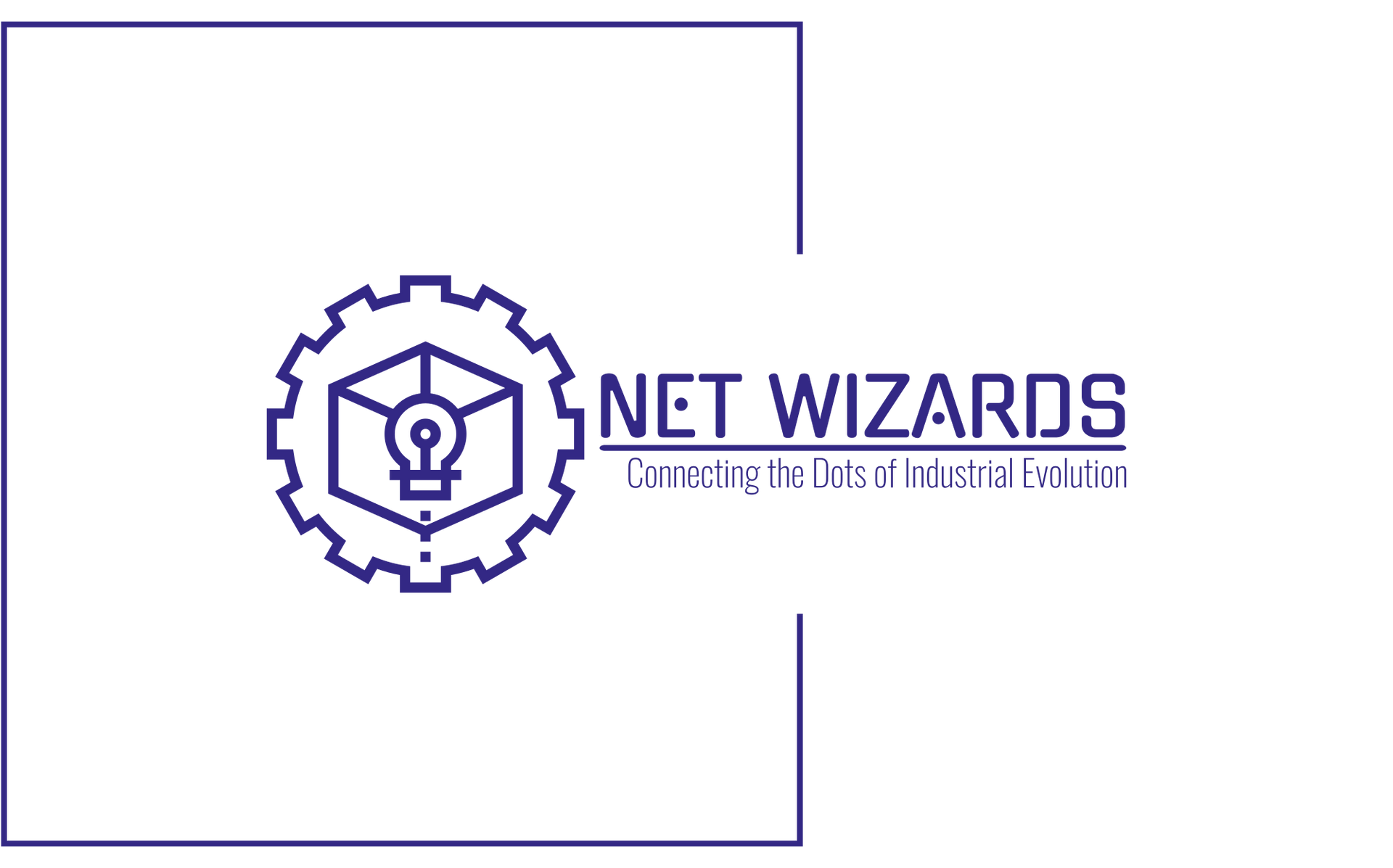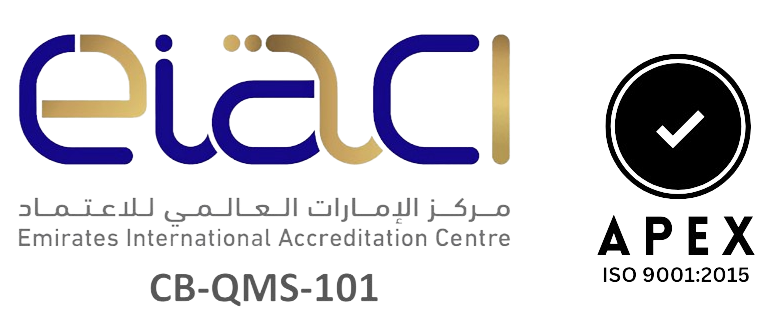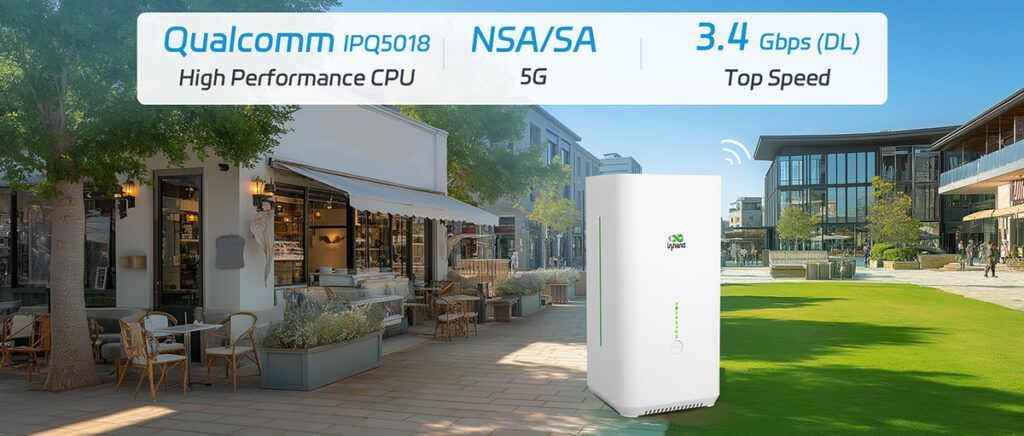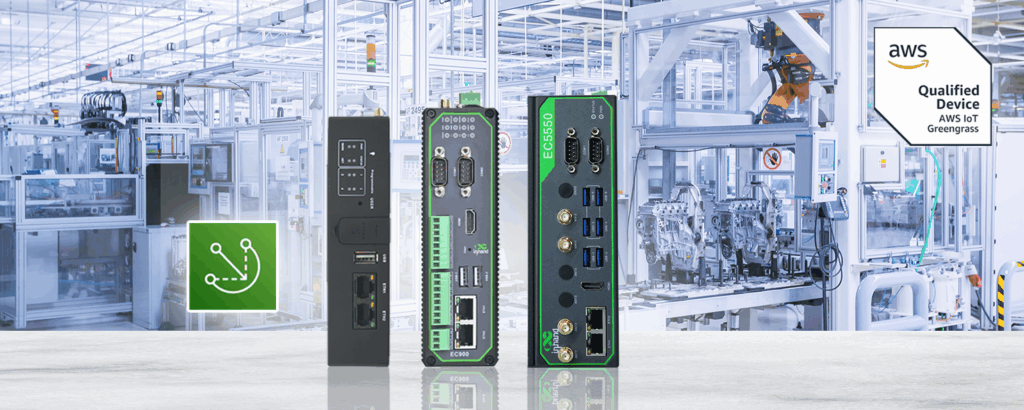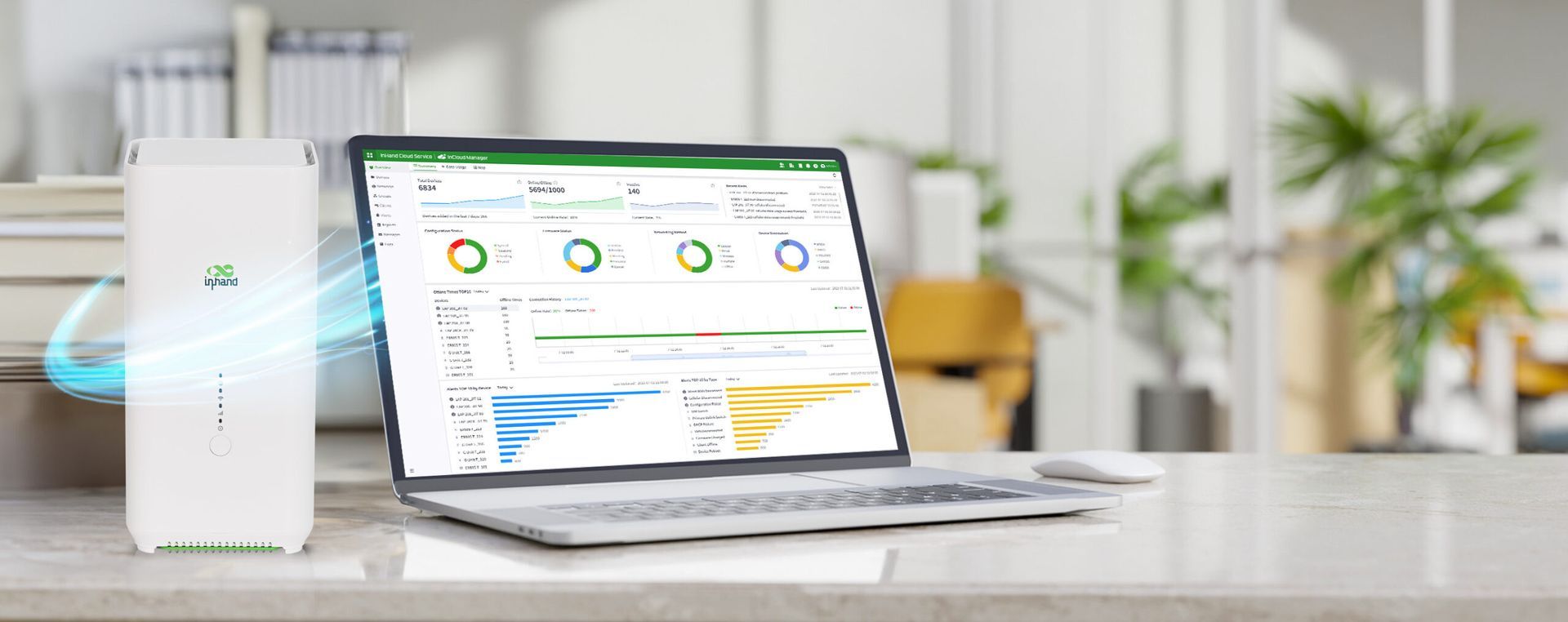LPWAN and Industry 4.0
sites • April 22, 2019
Industry 4.0, or the Fourth Industrial Revolution, is characterized by the integration of digital technologies into the manufacturing and industrial sectors. It emphasizes automation, data exchange, cyber-physical systems, IoT, cloud computing, cognitive computing, and more. LPWAN (Low Power Wide Area Network) plays a pivotal role in realizing the full potential of Industry 4.0. Here's how:
- Remote Monitoring and Predictive Maintenance: With LPWAN technologies, industrial machines can be equipped with sensors that monitor their performance and health. These sensors, working on low power and over long distances, can send data to centralized systems for analysis. This data can be used to predict when a machine might fail, allowing for maintenance to be performed proactively.
- Asset Tracking: LPWAN can facilitate real-time tracking of assets over vast areas, both indoors and outdoors. Whether it's tracking containers in a large port, tools within a manufacturing plant, or vehicles across multiple sites, LPWAN can provide the necessary coverage and battery life.
- Energy Management: Energy consumption is a significant cost for many industries. LPWAN-enabled smart meters and sensors can monitor and manage energy usage, helping to reduce costs and increase efficiency.
- Safety and Compliance: In sectors where safety and compliance are paramount, LPWAN can be used to monitor environmental conditions, detect hazardous gas leaks, or ensure equipment is operated within safe parameters.
- Supply Chain Optimization: LPWAN can provide insights into various stages of the supply chain, from production to transportation to warehousing. This data can help optimize inventory levels, reduce wastage, and improve delivery times.
- Scalability: One of the significant advantages of LPWAN is its scalability. As industries grow and evolve, adding more sensors and devices to the network is relatively straightforward, making it suitable for large-scale industrial applications.
- Cost Efficiency: LPWAN technologies, being low-power, can operate for years without the need for battery replacement. This, combined with the potential reduction in maintenance costs, can result in significant cost savings.
- Data Integration with Cloud and AI: Data collected from LPWAN devices can be integrated into cloud platforms. Here, using AI and machine learning, further analysis can provide insights, automate processes, and enhance decision-making.
- Environmental Monitoring: Industries can monitor environmental factors, like air quality, water quality, and radiation levels, using LPWAN sensors, ensuring they meet environmental standards and regulations.
- Enhanced Connectivity in Challenging Environments: LPWAN technologies, like LoRaWAN or NB-IoT, can provide connectivity in environments where traditional Wi-Fi or cellular networks might struggle, such as deep indoors or in remote locations.
In conclusion, LPWAN is a foundational technology that can accelerate the adoption of Industry 4.0 practices. It bridges the physical and digital realms, allowing industries to be more connected, intelligent, and responsive.
